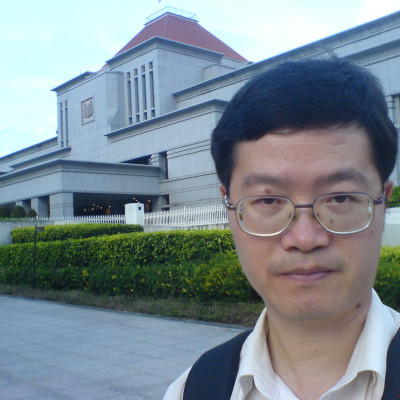Sessions / Bilingual Education Policy
Bilingual Language Policy: The Case of the Philippines #2562
The evolution of the language policies in the Philippines can be traced historically and linguistically. The impact of colonization in the country made the English language the co-official language of the Philippines whereas the number of living languages prompted the selection of Tagalog- then later Filipino- as its national language. In order to achieve bilingual competence both in Filipino and English, Bilingual Education Policy (BEP) was implemented. BEP clearly defines the separate use English and Filipino as the media of instruction in specific subject areas at the national level at all levels. To date, BEP runs simultaneously with MTB-MLE in the current Philippine Education.
The urban-rural divide comparison structure of bilingual education #2509
This study intends to create a conceptual structure for urban-rural divide comparison of bilingual education. Researchers applied Delphi technique based on twelve experts (including scholars) to create an urban-rural divide comparison structure of bilingual education. The researchers created a preliminary structure through literature review, field observation, and interview with educational practitioners, and then provided this structure draft for twelve experts to review and score each dimension and item in the structure. After the first run feedback, researchers revised the structure with all experts’ feedback, and then the experts provided their second run revising. Through four-run revision, all experts reached the consensus on the structure. The research has built the urban-rural divide comparison structure of bilingual education that includes six dimensions: bilingual competency, bilingual curriculum and pedagogy, bilingual using environment, bilingual resources, technology, and confliction. The bilingual competency dimension includes four subcategories: teacher bilingual competency, student bilingual competency, and administrator bilingual competency, and parent bilingual competency. The bilingual curriculum and pedagogy dimension includes bilingual curriculum design, bilingual instruction, and bilingual activities. The bilingual using environment dimension includes school bilingual environment, community bilingual environment, and family bilingual environment. The bilingual resources dimension includes English professional classroom, library, native speaker, and English cram school. The technology dimension includes online access equipment, internet accessing, and bilingual online content and resources. The confliction dimension includes learning burden (one more language to learn and conflict with other learning), mother-tongue language (benefit from mother tongue language or threaten to mother tongue language), culture identity confliction (cultural identity and nationality identity). The research result could act as a criterion to evaluate the urban-rural divide of bilingual education in individual school and provide a clear guide for educators and administrators to apply a remedy measure on the specific dimension and subcategory.
Language Education Policies and Practices in Japan, Philippines and Brazil #2557
The ALT system in Japanese English language education and the evolvement of CLIL in Japan by Dr. Anthony Ryan. This talk firstly outlines the Assistant Language Teacher (ALT) system that is in place in the public school system in Japan. It briefly traces the roots of the system, describes the recruitment and orientation process, the role of the ALT in the EFL classroom and offers insights into the current working and living conditions of the ALTs interviewed by the presenter. Secondly, it then briefly describes the Japan CLIL Association - which was formed in April 2017 - and the activities of its members in terms of promoting CLIL across all levels of education in Japan. // Bilingual Language Policy: The Case of the Philippines by Ms. Remy J. Tulabut. The evolution of the language policies in the Philippines can be traced historically and linguistically. The impact of colonization in the country made the English language the co-official language of the Philippines whereas the number of living languages prompted the selection of Tagalog- then later Filipino- as its national language. Because of the emergence of two languages in the Philippines, Bilingual Education Policy (BEP) was implemented in order to use English and Filipino as the media of instruction in specific subject areas at the national level at all levels. To date, BEP runs simultaneously with MTB-MLE in the current Philippine Education. // Shades of English language teaching in Brazil by Lilian Montalvão. The current English language education scenario in Brazil is marked by significant shifts: from foreign language to lingua franca, from just a few weekly hours of traditional language teaching to bilingual education. This talk will provide an overview of the ongoing changes in the policies and practices in Brazil.









